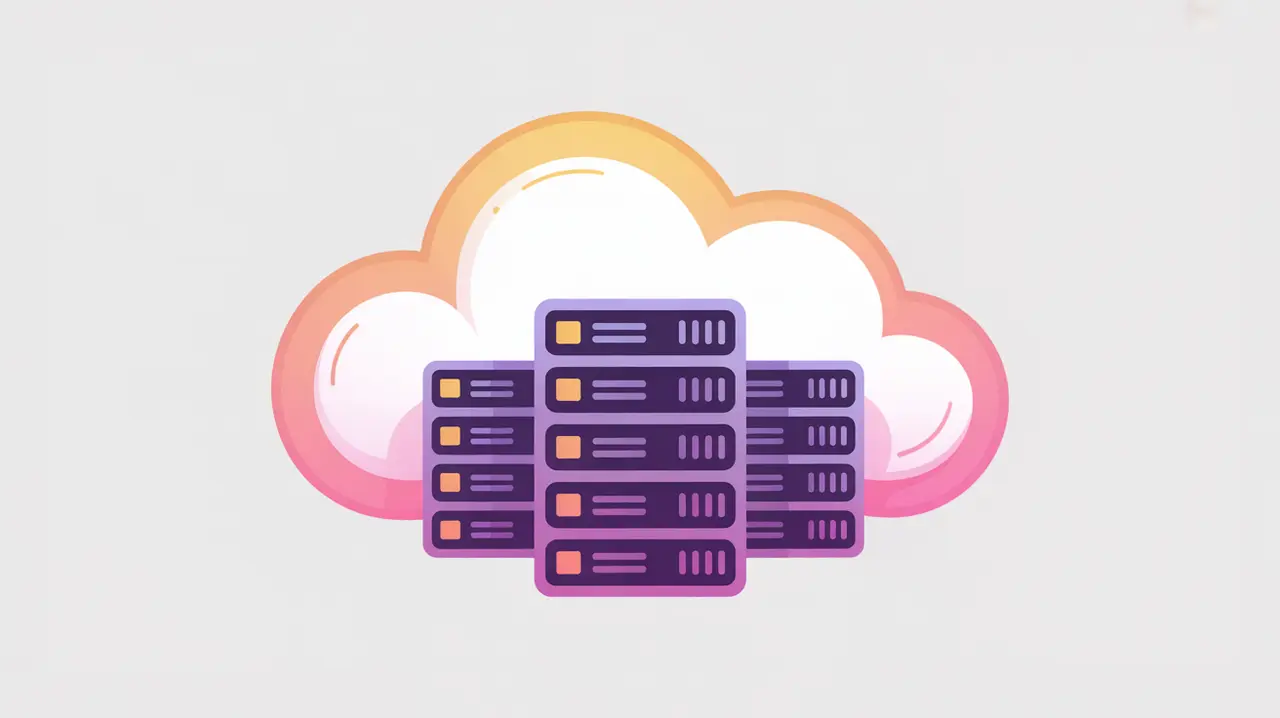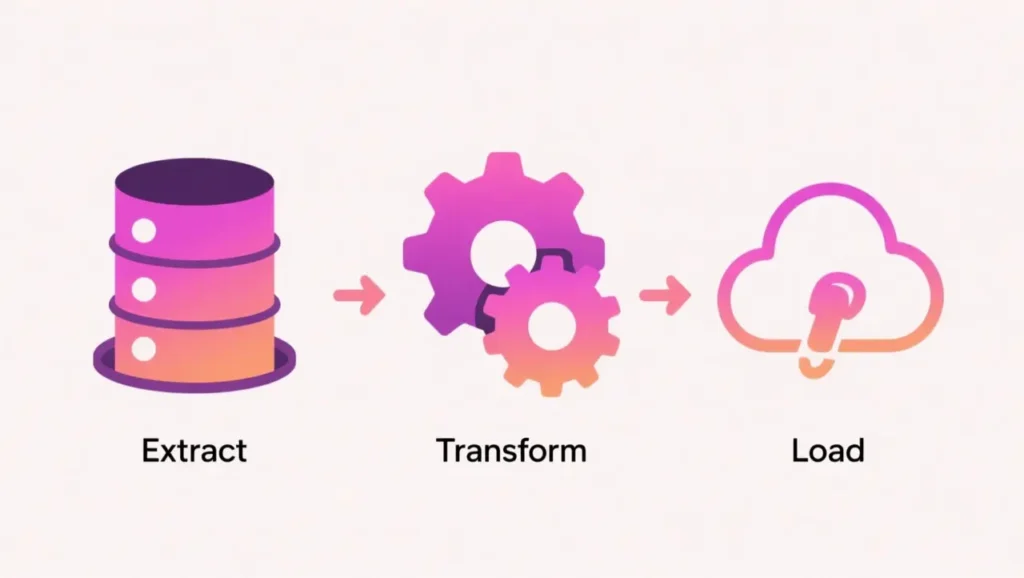Importance of Serverless Computing
Serverless computing is a cloud model where developers deploy functions or applications without managing the underlying servers or infrastructure. Cloud providers automatically allocate resources, scale workloads, and handle maintenance, charging only for the actual compute time used. Its importance today lies in how it reduces complexity and cost, enabling rapid innovation without large infrastructure investments.
For social innovation and international development, serverless computing matters because it allows organizations with limited technical staff or budgets to deploy scalable digital solutions. Instead of maintaining servers, they can focus on building services that deliver direct impact to communities. This flexibility makes serverless computing especially valuable in environments where resources are constrained.
Definition and Key Features
Serverless does not mean “no servers” but that the management of servers is abstracted away from the user. Developers write small, event-driven functions that execute in response to triggers such as API calls, database changes, or sensor data. Cloud platforms like AWS Lambda, Azure Functions, and Google Cloud Functions provide the environments to run these workloads.
It is not the same as traditional hosting, where applications run continuously and incur fixed costs. Nor is it equivalent to containers or virtual machines, which require more direct management. Serverless focuses on simplicity, elasticity, and pay-as-you-go economics, though it comes with trade-offs in control and performance.
How this Works in Practice
In practice, serverless computing works best for applications with variable or unpredictable demand. Event-driven workflows, lightweight APIs, and short-lived tasks are natural fits. For example, an application may trigger a serverless function to process uploaded files, respond to chatbot queries, or run scheduled data-cleaning tasks. Integration with cloud services makes serverless attractive for modular, composable architectures.
Challenges include cold-start latency (delays when a function is run after being idle), limited execution time for functions, and vendor lock-in, since architectures are often tied closely to specific cloud platforms. Despite these limitations, serverless computing has gained traction for its simplicity and cost-efficiency.
Implications for Social Innovators
Serverless computing enables mission-driven organizations to deploy AI and digital tools quickly without heavy infrastructure. Education platforms can scale tutoring services during exam periods without paying for idle capacity. Health initiatives can use serverless functions to process patient intake data on demand. Humanitarian agencies can trigger automated workflows from crisis data feeds, scaling instantly during emergencies.
By removing infrastructure burdens, serverless computing helps organizations stay agile and cost-conscious, focusing resources on community impact rather than technical maintenance.







